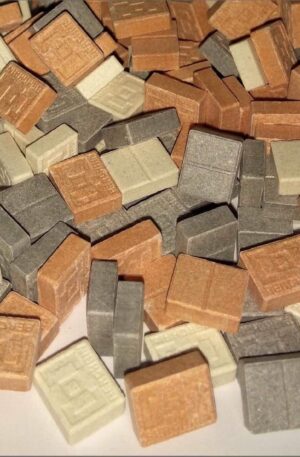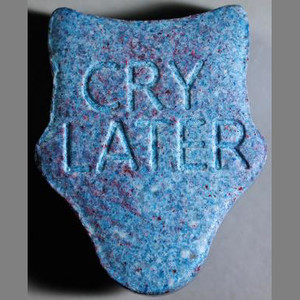MDMA-Assisted Psychotherapy Provides Lasting Benefit for PTSD
Adding 3,4-methylenedioxymethamphetamine (MDMA), also known as ecstasy, to intensive psychotherapy can significantly mitigate symptoms of posttraumatic stress disorder (PTSD), new research confirms.
One month after MDMA-assisted psychotherapy, 43% of patients no longer met criteria for PTSD, and 12 months after MDMA-assisted psychotherapy, 76% of participants no longer had PTSD, according to results of the US Food and Drug Administration (FDA)—regulated phase 2 clinical trial.
“The long-term results are the most significant finding from this latest trial, the largest ever completed of MDMA-assisted psychotherapy for PTSD,” Brad Burge, director of strategic communications for the nonprofit Multidisciplinary Association for Psychedelic Studies (MAPS), which funded the study, told Medscape Medical News.
“The finding that about three quarters of participants no longer had PTSD a full year after receiving their last treatment with MDMA-assisted psychotherapy suggests that the treatment is not just ameliorating symptoms and is instead addressing the root cause of PTSD — specifically, a person’s inner relationship with their past traumatic experiences,” said Burge.
This treatment has the potential to “greatly improve the lives of people suffering from PTSD, regardless of the source of their trauma,” lead investigator Marcela Ot’alora, of Aguazul-Bluewater, Inc, Boulder, Colorado, added in a news release.
“After treatment, a great majority of our participants have reported feeling more connected to themselves and to others, more joy, more compassion, and with new skills for facing life’s challenges,” Ot’alora noted.









